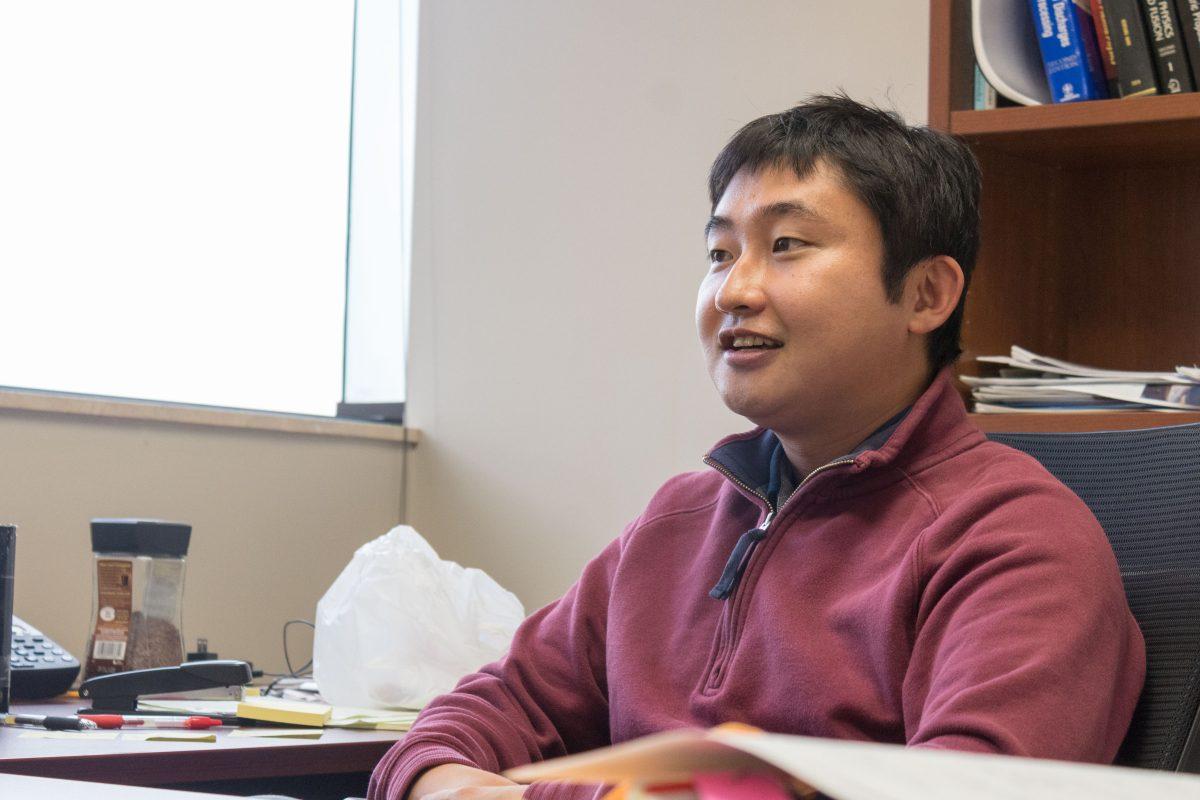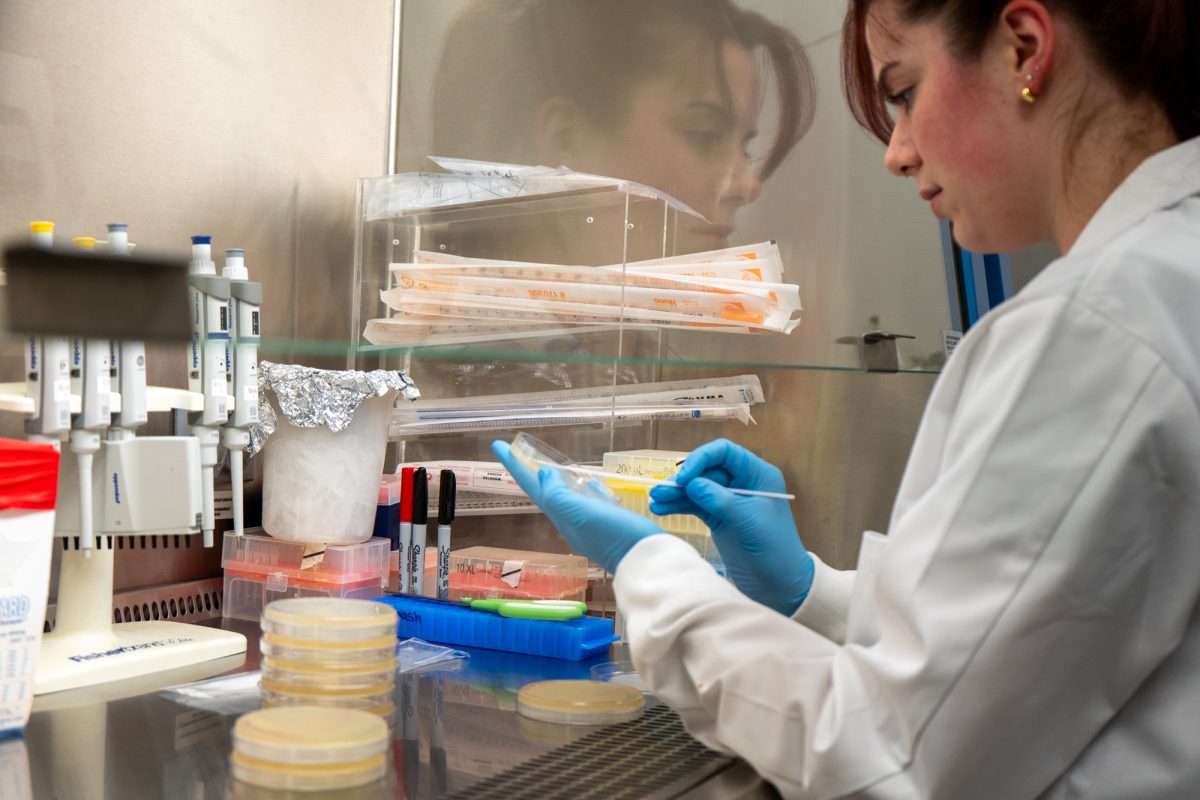Kentaro Hara, assistant aerospace engineering professor, recently received the 2018 Young Investigator Research Program Award from the US Air Force Office of Scientific Research, which entails a $450,000 grant over the next three years.
Hara said his research will focus on using computational models to understand electron behavior in complex electric and magnetic fields.
“I had this idea since I was doing my Ph.D. at Michigan,” Hara said. “I was thinking about this for a long time, and I finally got the chance to prove myself.”
The end goal of the research, according to Hara, is to provide a better understanding of the internal processes in a Hall thruster, a type of engine that uses plasma accelerated by a magnetic field to provide a weak but constant force to propel a spacecraft.
According to David Staack, associate professor of mechanical engineering, Hall thrusters and other electric propulsion systems have a distinct advantage over chemical rockets.
“When it comes to propulsion, plasma propulsion or electric propulsion is of interest because you can use electric fields to accelerate the gas to higher velocities than you could accelerate it through a traditional rocket nozzle,” Staack said.
However, according to Hara, current Hall thrusters are only powerful enough to provide orbital stabilization for small satellites. Nonetheless, according to Hara, they have been proposed as a potential solution for getting a large spacecraft to Mars faster than with chemical rockets.
“Scaling the thruster up would be a challenge, and understanding this physics would be more and more relevant,” Hara said. “How the electrons move in the plasma is really critical in the thruster performance.”
Hara’s research will give scientists a more complete understanding of how plasma inside a Hall thruster behaves, which in turn will allow for the construction of more efficient, and eventually bigger and more powerful Hall thrusters, according to Hara.
Christopher Limbach, aerospace engineering professor and director of the Laser Diagnostics and Plasma Devices lab, has been working on different uses for plasmas, including alternative methods of measuring the properties of various materials using lasers and plasmas.
According to Limbach, laser diagnostics work by turning as little as several picograms of the target material into a plasma by targeting a laser at it. Since plasmas emit light, and since every element emits a distinct set of wavelengths of light, the light emitted by such a small amount of plasma can be analyzed to determine precisely what elements and compounds the material is made of.
“This type of technology is already on Mars,” Limbach said. “The Mars Science Laboratory has a small little laser in it, which is basically a miniature version of the one we have, and it is right now on Mars, zapping rocks with these laser plasmas and determining what’s in the rocks.”
According to Limbach, the goal of laser diagnostic research is, in part, to answer questions about the internal processes of Hall thrusters, which would be a physical application of the research being conducted by Hara through computer simulations.
“Things that happen at the microscopic scale can have a big impact on the macro scale,” Limbach said. “I think that laser diagnostics will play a key role in answering very difficult questions like that.”
Professor Kentaro Hara receives grant from Air Force
December 3, 2017
Photo by Photo by Carlos Romero
Professor Kentaro Hara discusses his research on computational modeling of how electrons behave in electric and magnetic fields.
0
Donate to The Battalion
Your donation will support the student journalists of Texas A&M University - College Station. Your contribution will allow us to purchase equipment and cover our annual website hosting costs.
More to Discover








